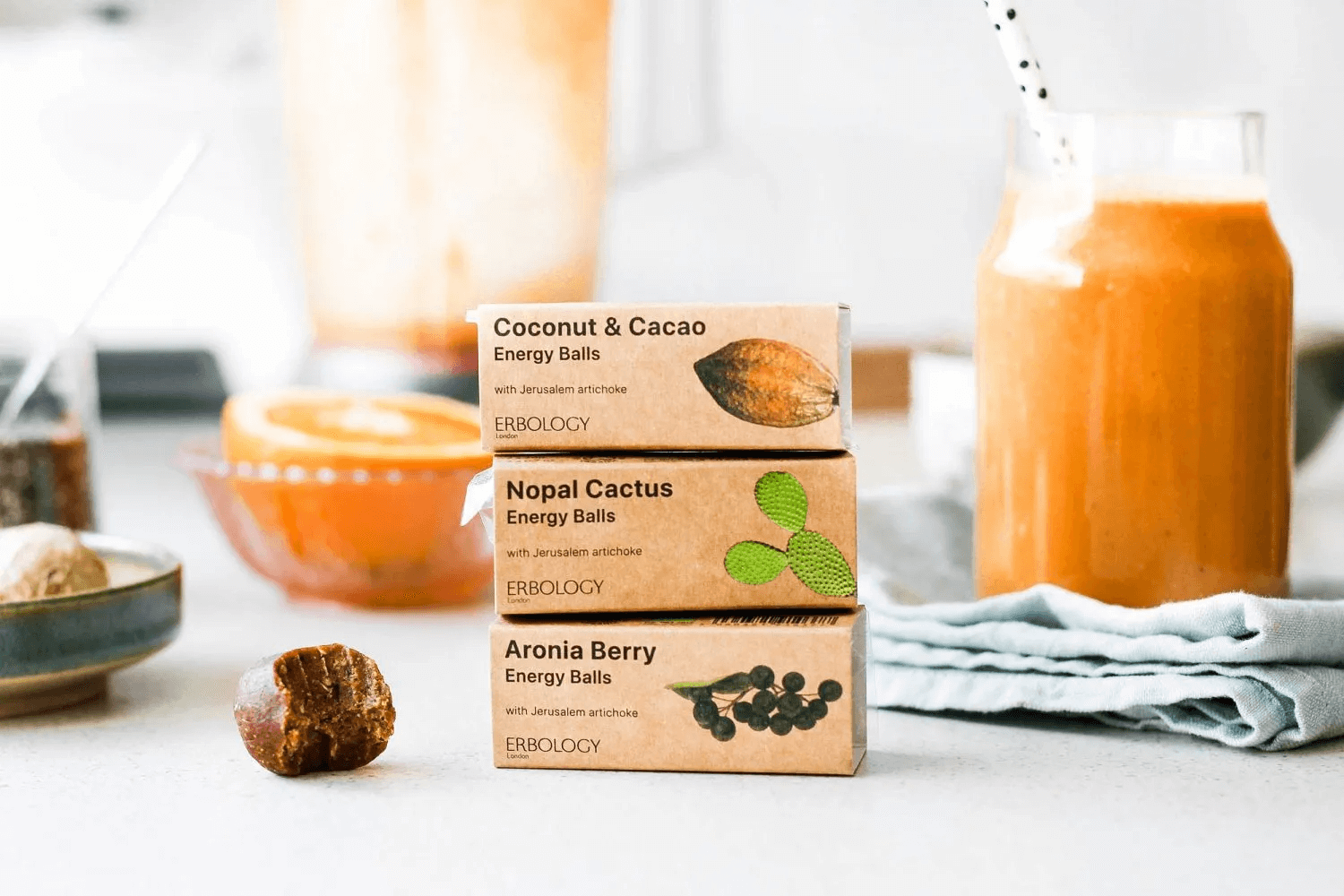13 Oct 2020
Matcha green tea benefits
Is matcha good for you?
Advocates of traditional medicine certainly think so. Green tea has been used for centuries as a curative in Chinese medicine in particular.
Li Shizhen, of the Ming Dynasty, reported that ‘tea is cold and lowers the fire’.(1) In short, tea was thought to be ‘cooling’ and effective in treating ailments like fevers and inflammation.
The world of scientific research is only now starting to catch up with the traditional wisdom of Chinese medicine when it comes to green tea. Luckily, thanks to its long history of use to improve health and wellbeing, it has been the subject of lots of scientific research. The results of these studies provide us with some empirical evidence for green tea’s health benefits.
Matcha, as only one specific type of green tea, has been studied slightly less than the green tea category as a whole. Yet, there’s still plenty of literature which calls out its specific health benefits.
Before we get into the benefits of matcha, let’s take a look at what makes matcha different from green tea as a whole.
What is the difference between matcha and green tea?
Matcha is green tea. Most types of tea, be they white, black, oolong or green, come from the same plant, called Camellia sinensis. It’s a little shrub, under two metres tall, with characteristic bright green leaves with serrated edges.
What separates green teas from your morning cup of English Breakfast is all in the processing. In the case of matcha, there are also differences in how the plant is grown.
It helps to think of matcha like a very fine wine. To produce a very high quality wine, environmental factors such as the soil quality, climate and humidity come into play, producing grapes with a superior flavour. The same is true of matcha. The Camellia sinensis plant is grown in regions with rich soil and a friendly climate, which helps the tea buds grow into flavourful leaves.
What’s more, farmers who intend to produce matcha tea carefully shade the Camellia sinensis plants in the weeks prior to the harvest. This encourages the young leaves to produce lots of chlorophyll, which gives them a vivid green colour.
If you compare the colour of matcha to the colour of other green teas, you should be able to see a clear difference in the hue. The matcha will be much brighter and more vibrant than other teas, thanks to the chlorophyll.
How matcha is processed
Black teas are made by first drying and then oxidising the tea leaves (turning them black). Green teas, on the other hand, are usually simply steamed to preserve their freshness, and then dried. You would drink these kinds of green tea in an infusion, by steeping the leaves in hot water and then removing them.
Matcha is different here, too.
To make matcha, the farmers carefully pluck only the youngest, finest leaves of the plant. They quickly steamed and hand-toss the leaves to dry them. Next, the farmers undertake the laborious process of removing all the stems, veins and twiggy bits from the leaves, leaving what is known as ‘tencha’.
From tencha to matcha
The next step is to stone-grind the tencha very slowly, to make sure the friction of the grinding process doesn’t heat up the matcha and change its flavour.
Once this process is complete, you'll have a very fine, bright green powder called matcha.
Instead of drinking it in an infusion, the traditional way to drink matcha is consume the whole leaf. To do this, you whisk the fine powder into hot water using a special bamboo whisk known as a chasen. Drinking the entire leaf means that you have a better chance of absorbing the goodies within.
In essence: you can expect all the health benefits of green tea in general when you drink matcha, plus some extras.
Now you know how to differentiate matcha from other green teas, let’s take a look at matcha’s health benefits.
Related reading
What is Ceremonial Grade Matcha?
Matcha contains powerful antioxidants
Matcha is perhaps most famous for being chock-full of antioxidants.
Your body naturally produces molecules called ‘free radicals’ during your normal metabolic processes. This happens when oxygen molecules (usually found in pairs - O2) are split up. They don’t like to be separated, though, and whizz around your cells until they can find another partner to link up with.
It’s completely normal to have some free radicals in your system. However, when there are too many - often due to environmental factors like pollution, smoking or stress - they can start to cause damage in your cells. This is called ‘oxidative stress’.
Consuming antioxidants can help prevent this damage.
Green tea is high in a powerful type of antioxidant called catechins. Scientists believe that one kind of catechin in particular is responsible for lots of green tea’s healthful effects: epigallocatechin-3-gallate, or EGCG.
undefined

Organic Aronia & Almond Energy Balls

Organic Sea Buckthorn Shots

Organic Aronia & Almond Energy Balls

